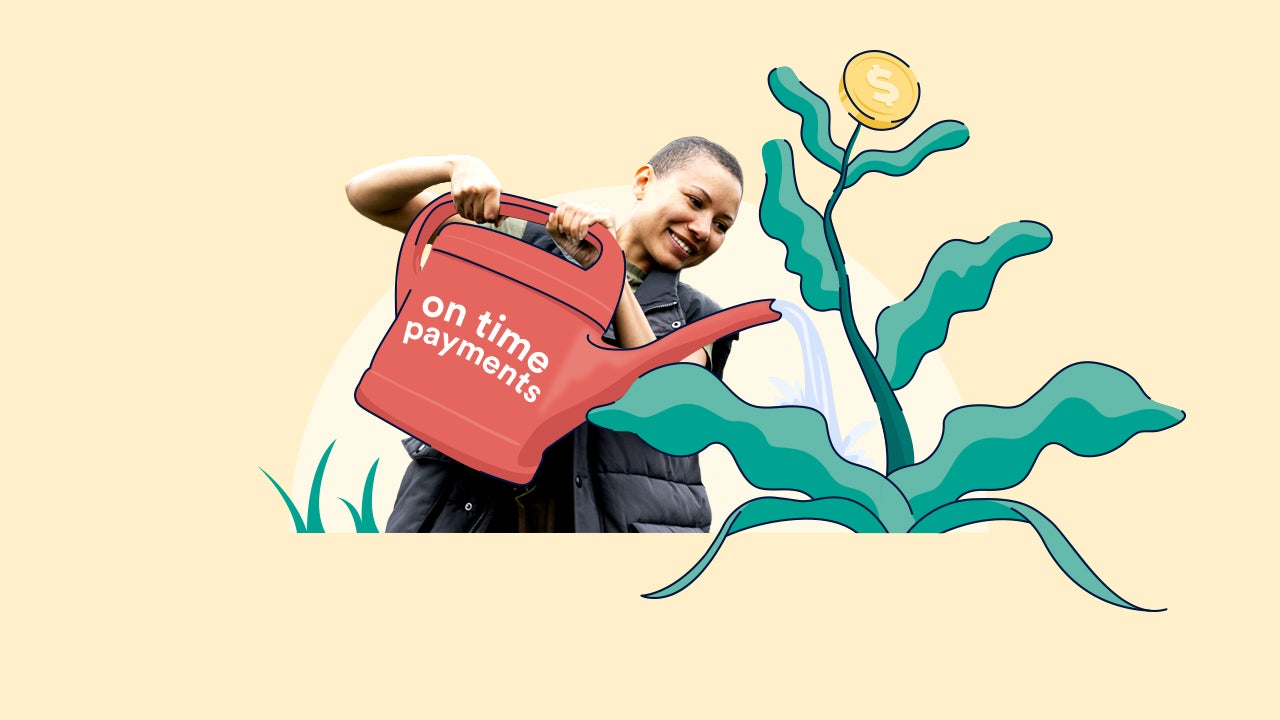The decision of which debt to start paying off first is a personal one, but starting with high-interest debt is generally considered the most beneficial. This includes credit cards, which often have the highest interest rates, auto loans and personal loans.
From there, you’ll need to choose whether you want to rack up quick wins by paying the lowest balance first or if you want to save money on interest. It’s possible to mix-and-match payoff methods, but you may have an easier time budgeting if you stick to a plan and make steady progress lowering your total debt.
How to choose what debt to pay off first
With the average credit card interest rate around 20 percent, you can rack up thousands of dollars of debt if you’re only making minimum payments. By comparison, the national average for a 30-year mortgage is about 6 percent, and the average car loan is about 7 percent. So, if the goal is to save money, focusing on high-interest debt from credit cards makes sense.
That said, debt payments need to take a back seat to your other bills. Prioritize fixed expenses first, such as your rent or mortgage, car payments and utilities. Once those items are taken care of, you can direct extra money toward paying more than the minimum on your credit cards or other high-interest debt.
What is the best way to pay off debt?
The two most common debt payoff strategies are the snowball method and the avalanche method. While there are other options, these are helpful guides when you’re deciding which debt to pay off first.
Debt snowball
When following the debt snowball method, you’ll pay off the smallest amount first. Then, you’ll take the amount you were paying and apply it to the next smallest amount in addition to that debt’s minimum payment. Eventually, the payments you make “snowball” — grow larger — and you’ll be putting more toward your larger debts over time. This method is best for you if you’re motivated by quick wins, however small they are.
It’s easy to gain momentum with the debt snowball method as you continue to roll previous payments into the next debt you’re focusing on. However, be aware of the trade-off: you’ll continue to accrue interest on your other, possibly higher interest, debt when you follow this method.
Debt avalanche
The debt avalanche method of paying down debt prioritizes debt from highest to lowest interest rate. This method of debt paydown could save you a significant amount of money in interest, especially if you have significant credit card debt. Like the snowball method, once you’ve paid down one debt, you roll over that amount you were paying into the next highest-interest debt payment.
While you can save money on interest by following the debt avalanche, it requires more self-discipline to stay the course because you won’t be logging those quick wins. It may be hard to see progress, and as with any method of debt paydown, be sure that your budget can handle what you are committing to paying before starting this method.
3 ways to make debt payoff easier
1. Debt negotiation
One way to pay off your debt more quickly is to negotiate your debt amount and interest rate with your creditors. To do this, contact your creditors and request a modification — either a lower interest rate or a negotiated payoff amount. If this is a debt that you’ve fallen behind on, you can also ask about a debt settlement for less than you owe.
Alternatively, debt relief programs negotiate with your creditors on your behalf. Companies like National Debt Relief will open a savings account in your name and have you deposit money in it regularly. Once a settlement is reached, your debt is paid out of that savings account. This can be costly since most programs will charge a fee of 15 percent to 25 percent of the debt enrolled, but it’s a good option if you want help negotiating with your creditors.
2. Debt consolidation loans
A debt consolidation loan is a good option for simplifying your debt, but it won’t lower the actual amount you owe. If you can get a lower average interest rate, you’ll be able to save money — and you’ll have a set repayment term of two to five years.
These are available through banks, credit unions and online lenders. If you’re interested in a debt consolidation loan, know that you will need to have good credit and not be behind on payments. If you are behind on payments or don’t meet minimum credit requirements, it’s unlikely that you will be approved.
3. Balance transfer credit cards
Balance transfer cards are similar to debt consolidation loans. When you transfer your balances, you will consolidate your debt into one monthly payment. With initial terms often starting at 0% intro APR for a set amount of time, some as long as 21 months, you can transfer your debt to save interest over time.
It’s important to pay off the balance transfer credit card within the intro period. Otherwise, you’ll be required to pay interest on the entire transfer amount. Balance transfer credit cards also come with transfer fees and, once the term limit ends, interest rates that are comparable to regular credit cards.
Bottom line
The decision of which order to pay down debt is ultimately a personal choice. There are strategies to help you decide what’s best for you and your financial situation — whether you want quick wins or to save the most money.
Why we ask for feedback
Your feedback helps us improve our content and services. It takes less than a minute to
complete.
Your responses are anonymous and will only be used for improving our website.
Help us improve our content
Read the full article here
















